What we do
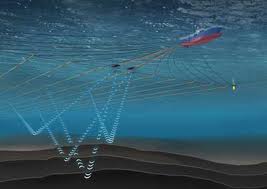 Welcome to the web page for Modeling and Seismic Imaging (MSIM) at NTNU.
Our research is concentrated on developing new algorithms and methods for making images and maps of the upper part of the crust of the earth. We are working with seismic surveys acquired by using artificial acoustic sources and a number of receivers, as illustrated in the figure below
Welcome to the web page for Modeling and Seismic Imaging (MSIM) at NTNU.
Our research is concentrated on developing new algorithms and methods for making images and maps of the upper part of the crust of the earth. We are working with seismic surveys acquired by using artificial acoustic sources and a number of receivers, as illustrated in the figure below
News
Seismic modeling
In our modeling projects we try to simulate the propagation of seismic waves by using a numerical model. The numerical model solves the elastodynamic equations of motion using a finite-difference technique. The solutions are accurate enough to reproduce real mesaurements to a large degree.
Seismic Imaging
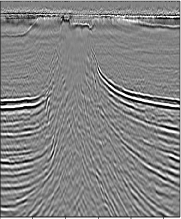 Seismic imaging uses the recorded seismic data to reconstruct an image of the subsurface. The main contribution to
the image, as shown in the figure to the right, are reflected waves. The images is made using a synthetic focusing technique which
also needs a smooth velocity model of the earth's crust for focusing the image.
Seismic imaging uses the recorded seismic data to reconstruct an image of the subsurface. The main contribution to
the image, as shown in the figure to the right, are reflected waves. The images is made using a synthetic focusing technique which
also needs a smooth velocity model of the earth's crust for focusing the image.
Seismic Inversion
Seismic inversion uses both the reflected and refracted part of the recorded seismic data. This technology is able to create an image of the subsurface using only the recorded data, and does not need an additional velocity model. The technique is more accurate than traditional seismic imaging and creates more detailed images with large resolution.
The example below shows images of a channel system at 600m depth obtained with inversion using seismic data recorded at the sea floor. The top row show the true P-wave (left) and S-wave (right) velocity models, whereas the bottom row shows the inverted P- and S-wave velocity models.
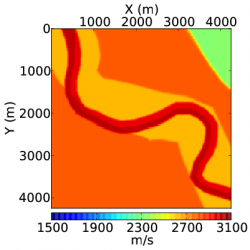
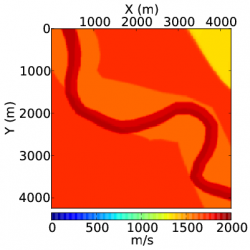
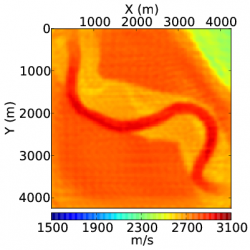
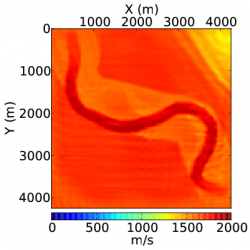
Time-lapse seismic inversion is a rather new application of the method. The purpose of the application is to reveal changes in time in the subsurface due to for instance production or injection of CO2. The left figure below show the true time-lapse effect in the channel system, whereas the right figure show the time-lapse effect obtained using inversion.
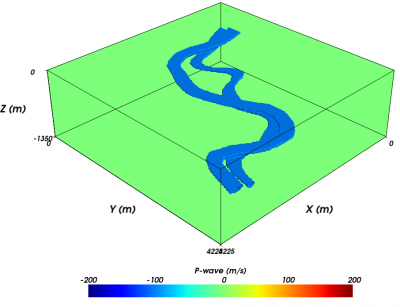
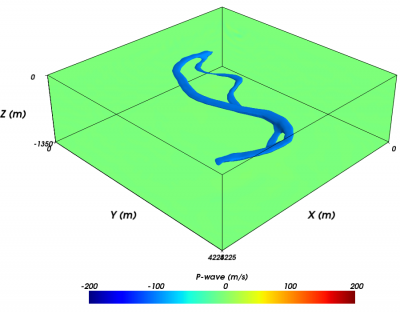
Information
The projects we work on are part of the ROSE consortium.

